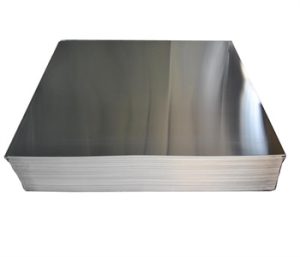In the process of melting and casting of aluminum and aluminum alloys, the level of casting loss directly determines the yield of aluminum. Aluminum casting loss is the general term for non-recoverable metal loss and metals contained in aluminum slag caused by oxidation, volatilization and interaction with furnace walls and refining agents of aluminum and aluminum alloys during the smelting process. The main external manifestations of casting damage can be divided into two parts: one is in the form of pure aluminum ash, and the other is in the form of bulk aluminum, defective aluminum, and aluminum slag. The factors that affect the casting loss are: liquid aluminum temperature; contact strength of aluminum liquid and oxygen; aluminum content in aluminum slag; aluminum liquid brought out by slag scraping;

Reduce the contact strength between the liquid aluminum and the air. The greater the contact strength between the liquid aluminum and the oxygen, the more serious the oxidation burning loss and the greater the casting loss. Reduce the contact time between liquid aluminum and oxygen: Under the condition that the production needs are met, the liquid aluminum in the furnace should be turned into a finished product as soon as possible, and it is better to produce on-duty ingredients on duty, and do not let the liquid aluminum stay in the furnace for too long; arrange the melting and casting reasonably Equipment, shorten the length of the launder as much as possible to reduce the exposure time of liquid aluminum in the air, and at the same time, an aluminum silicate insulation board can be added to the upper part of the launder, which not only has a certain thermal insulation effect but also reduces the oxygen content in the launder.

Controlling the stirring method of liquid aluminum: Whether it is manual stirring with a large rake or mechanical stirring, it is carried out with the furnace door open, which will not only bring about huge fluctuations in the liquid level, increase the contact area with oxygen, but also increase the oxygen content in the furnace. It is bound to accelerate the chemical reaction and increase the burning loss. Electromagnetic stirring can be carried out in a closed state and the liquid level fluctuation is small, which effectively avoids the corresponding disadvantages. At the same time, it can also reduce the entry of moisture in the air into the furnace, and reduce the absorption probability of hydrogen by liquid aluminum.
